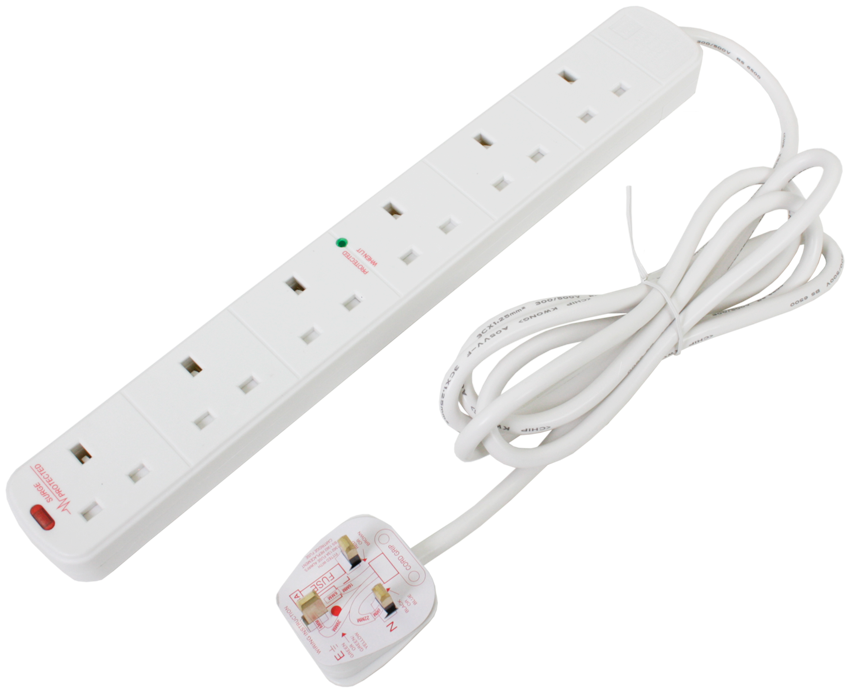
Safeguard your electronics from unexpected surges with the right protection. Learn how these devices work, the types available, and what they shield against.
Key Takeaways:
Surge protectors: Divert or block excess voltage, safeguarding your equipment from harmful spikes.
Protection levels: Vary based on device needs, with higher levels handling larger surges.
Types of protectors: Point-of-use, whole-house, and portable options for diverse needs.
Q: What do surge protectors do?
A: Surge protectors divert or block excess voltage, preventing damage to your electronics from harmful electrical spikes.
A UPS and PDU Can Provide Surge Protection
A power management system can include a UPS and a PDU for surge protection. The right level of protection will safeguard commercial and industrial equipment while alleviating downtime. PDUs and UPS units deliver protection against events such as lightning strikes, as well as utility fluctuations and load switching. Power strips, power distribution devices, and uninterruptible power supplies feature processes that smooth the flow of transient voltage (surges). Designed for data centres, a switched PDU with surge protection can also provide remote monitoring of voltage and current. Depending upon its level of technology, an uninterruptible power device will also provide varying levels of UPS power fluctuation protection for IT equipment and crucial data.
Surge Protector or Suppressor
Unwanted voltage can be absorbed by a surge protector or suppressor, while power at normal levels continues to be transmitted to equipment. Protection levels cover basic, professional, and advanced demands, depending on the lines to be shielded from damage. Commercial-grade surge protection safeguards computers, telecom equipment, and network lines against power transients while monitoring and displaying the current in amps.
Be sure to check out the APC Surge Protection Range, and Comms Express’s range of Mains Extensions and Surge Protectors.
6 Way Surge Protected Mains Extension Leads
6 Way Surge Protected Mains Extension Leads available in 2 & 6 Metre Length
Power surges and lightning strikes are not the only things that can damage your home electronic equipment. Simply switching appliances on and off can create electrical imbalances that cause cumulative, permanent damage to your computers, peripherals and electronic equipment.
Using advanced design elements and top-quality construction as well as superior circuitry, the 4 Way Surge Protector offers complete protection from power surges, AC contamination and spikes.

